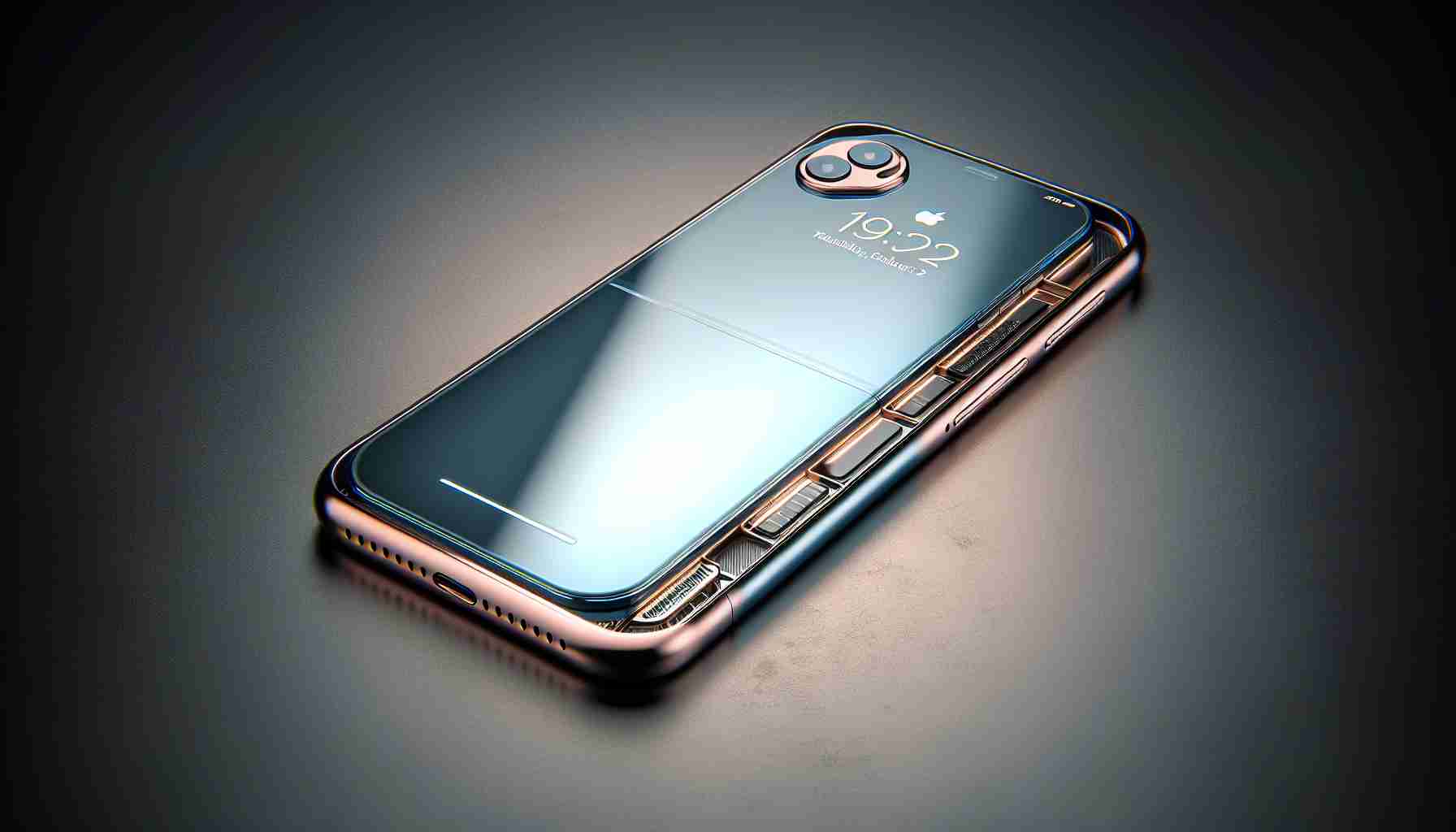Rumors are swirling about Apple’s future iPhone lineup, including a shift from the familiar Plus models to an intriguing new offering: the iPhone 17 Slim. Tech enthusiasts anticipate this sleeker device to be somewhat larger than its sibling models, the iPhone 17 and iPhone 17 Pro, possibly extending to about 6.6 inches.
Analysts like Jeff Pu suggest various enhancements, including a more refined front camera and a scaled-down interpretation of Apple’s innovative Dynamic Island. The thinly veiled hint in the name “iPhone 17 Slim” suggests a thinner body, which could appeal to those who favor a more tablet-esque aesthetic in their mobile devices.
However, slimmer isn’t always better. The current generation of iPhones, like my newly acquired iPhone 14 Pro Max, pose a daily struggle with their bulky frames, especially when clad in protective cases. Slight reductions in size for the iPhone 15 Pro Max do little to alleviate the issue, especially as base models slowly inflate in size. Apple’s consideration of a slimmer iPhone skirts the real issue: the manageability of ever-larger phones.
The consequences of skinny phones extend beyond aesthetics. Thinner phones compromise screen usability, an issue not faced by foldable phones, which reduce size through folding mechanisms. Thin screens may result in fiddly touch interfaces, hindering usability for individuals with dexterity challenges.
What does this mean for the future of iPhones? Could a return to smaller, possibly foldable iPhones solve the conundrum of size versus portability? With improvements in battery technology and chip design, an opportunity arises for a comeback of compact iPhones, like the short-lived iPhone mini.
Apple’s path with the iPhone 17 Slim remains murky, with few concrete details available. Nevertheless, the growing trend of increasing smartphone sizes persists, often to the chagrin of users yearning for simpler, more portable solutions. As nostalgia for the mobile phones of bygone eras resurfaces, one wonders if answering the demands for versatility might just pave the way for Apple’s success—or if we’re doomed to a one-size-regrettably-fits-all future.
Relevant facts to consider in the context of the iPhone 17 Slim, phone design, and the industry trends might include:
– Historical trend towards larger phones: The original iPhone had a 3.5-inch screen, which was considered large at the time. Over the years, consumer demand for larger screens for media consumption has pushed manufacturers to increase screen sizes, leading up to current models that often exceed 6 inches.
– Battery life considerations: A slimmer phone could potentially affect the size of the battery, which can have a direct impact on battery life. Manufacturers must balance the desire for thin designs with the requirement for batteries that can support advanced features and prolonged usage.
– Structural integrity: Thinner devices may also be more prone to bending or structural damage, leading to potential durability concerns that could affect consumer trust in the product.
– Heat dissipation: Slimmer designs may also face challenges with heat management, as there is less space for components and a reduced area for heat to dissipate from processors and batteries.
– Market competition and differentiation: Apple has to contend with a wide range of competitors in the smartphone market, including those offering foldable phones, which can provide larger screens in a smaller form factor when folded.
Questions and Answers:
– What are the potential benefits of a slimmer phone?
Advantages: Aesthetically pleasing, potentially lighter and easier to handle, may appeal to those seeking a minimalist design, could fit more easily into pockets and small bags.
– What are the potential downsides of a thinner design?
Disadvantages: Could reduce battery size and life, potentially compromise durability and heat dissipation, might impact screen usability, and could ultimately affect user experience.
– Are there alternatives to slimming down phones for better manageability?
Investing in foldable technology, reintroducing smaller models like the iPhone mini, or exploring new materials and designs that maintain usability while reducing bulk.
Challenges and Controversies:
– User Expectations vs. Design Trends: There is an ongoing debate between the push for sleek, thin designs and the practical considerations of phone usability and feature set, such as battery life and camera quality.
– Technology Limitations: Achieving the right balance between slimness and the technical requirements for high-performance components remains a significant challenge for manufacturers.
– Environmental Impact: With a move toward thinner phones, the environmental impact of increased electronic waste due to potentially shorter device lifespans and the use of non-recyclable materials could become points of contention.
To further explore these topics, you might want to visit official sites like Apple for the latest information on iPhone designs and technology trends in mobile devices.
